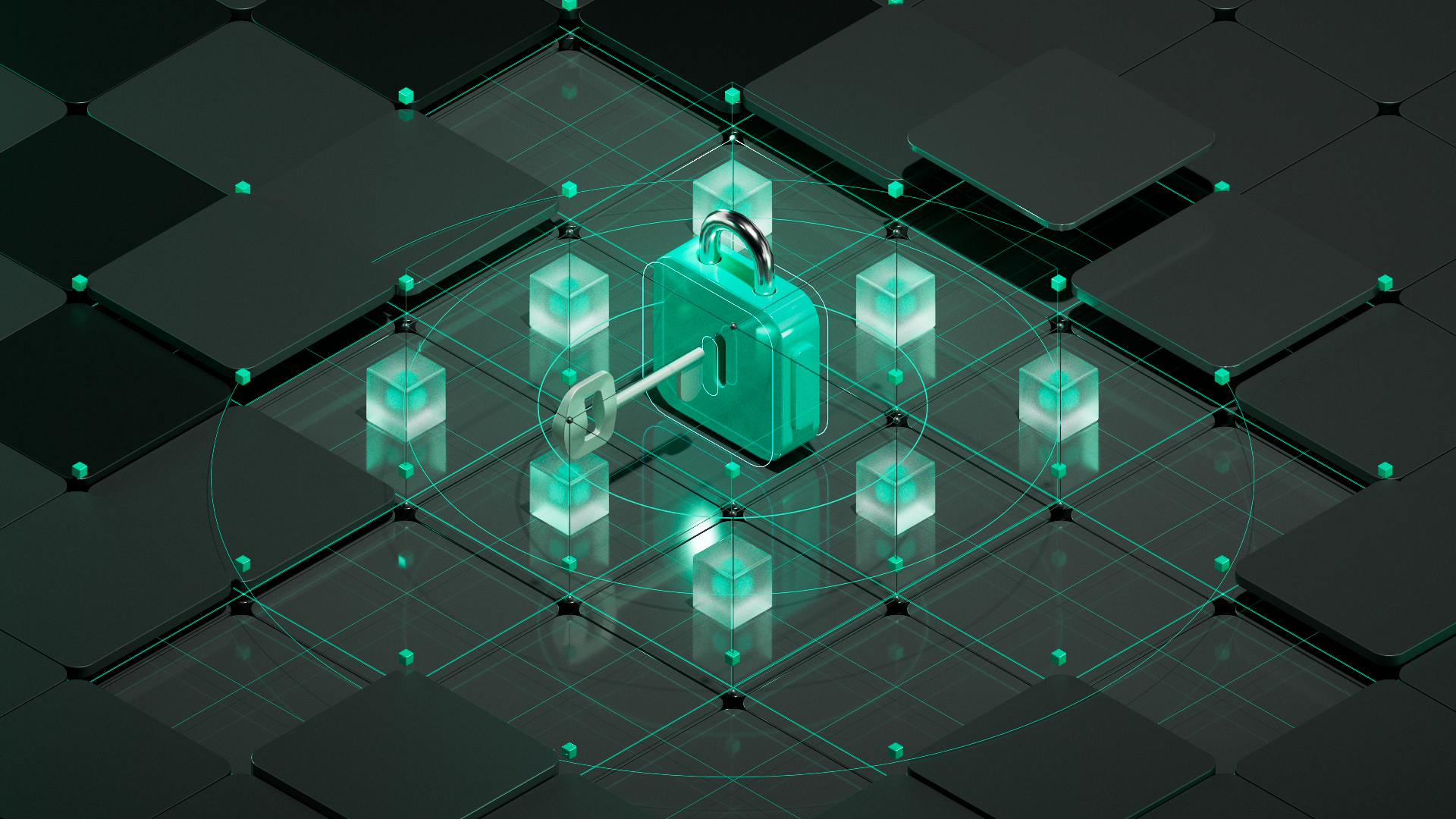Understanding NFT Marketplaces
In recent years, the world of blockchain technology has witnessed a revolutionary shift in the way we perceive and trade digital assets, thanks to the advent of Non-Fungible Tokens (NFTs). These unique and provably scarce digital assets have opened the doors to a new era of digital ownership, where artists, creators, and collectors can interact and transact on a global scale. At the heart of this transformative landscape lie NFT marketplaces, dynamic platforms that have become the hub for creators to showcase their digital masterpieces and collectors to discover and acquire one-of-a-kind treasures. In this exploration, we delve into the rise of NFT marketplaces and the profound impact they have on shaping the future of digital art, paving the way for a realm where authenticity, transparency, and creativity converge to unlock the true potential of digital ownership.
The exponential growth of the NFT market and appearance of NFT Marketplaces, with its staggering $40 billion market cap, has captured the attention of creators, investors, and collectors worldwide. NFTs have redefined the concept of digital ownership, introducing a paradigm shift in how unique digital assets are perceived and traded. Unlike traditional fungible assets, which are interchangeable and have uniform value, NFTs possess distinct qualities that differentiate their worth. This uniqueness lies at the core of their appeal, as NFTs represent a new era of digital authenticity, offering creators and collectors the ability to truly own and prove ownership of digital creations.
As the NFT ecosystem continues to expand, it is essential to understand the significance of NFT marketplaces in facilitating the exchange and discovery of these rare digital assets. NFT marketplaces act as dynamic hubs, bringing together creators, buyers, and sellers in a borderless digital space. Through these platforms, artists can showcase their work to a global audience, connecting with fans and collectors like never before. For collectors, NFT marketplaces provide an opportunity to discover and acquire unique digital creations, forging a direct link with their favorite artists.
Choosing the Right NFT Marketplaces: Finding Your Digital Art Hub
Navigating the world of NFT marketplaces requires a discerning eye, as each platform differs in terms of supported blockchains, royalty structures, and transaction fees. Choosing the right marketplace is crucial for both creators and collectors, as it influences the overall experience and the level of trust and security associated with each transaction. While some platforms boast higher volumes and adoption rates, this popularity can attract unscrupulous elements attempting to deceive unsuspecting users with counterfeit NFTs. Vigilance and due diligence are essential to ensure genuine transactions on verified pages.
Preferences for NFT marketplaces often revolve around factors such as user experience, platform reputation, and wallet accessibility. While certain platforms may offer lower fees and faster transactions, they might have limitations in terms of wallet compatibility or user interface. It is vital for users to weigh these considerations and find a marketplace that aligns with their unique needs and priorities.
As the NFT space continues to mature, NFT marketplaces will undoubtedly evolve to accommodate the growing demands of this innovative digital asset class. Collaborations between artists and platforms, as well as advancements in blockchain technology, are expected to enhance user experiences and security, driving the broader adoption of NFTs as a viable and transformative form of digital ownership.




